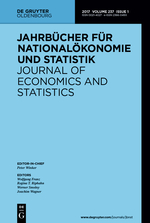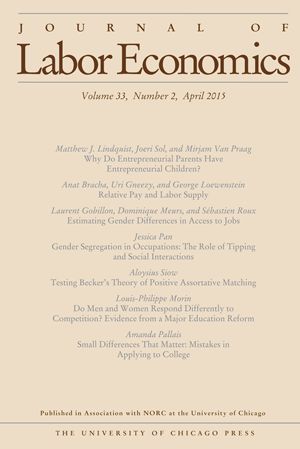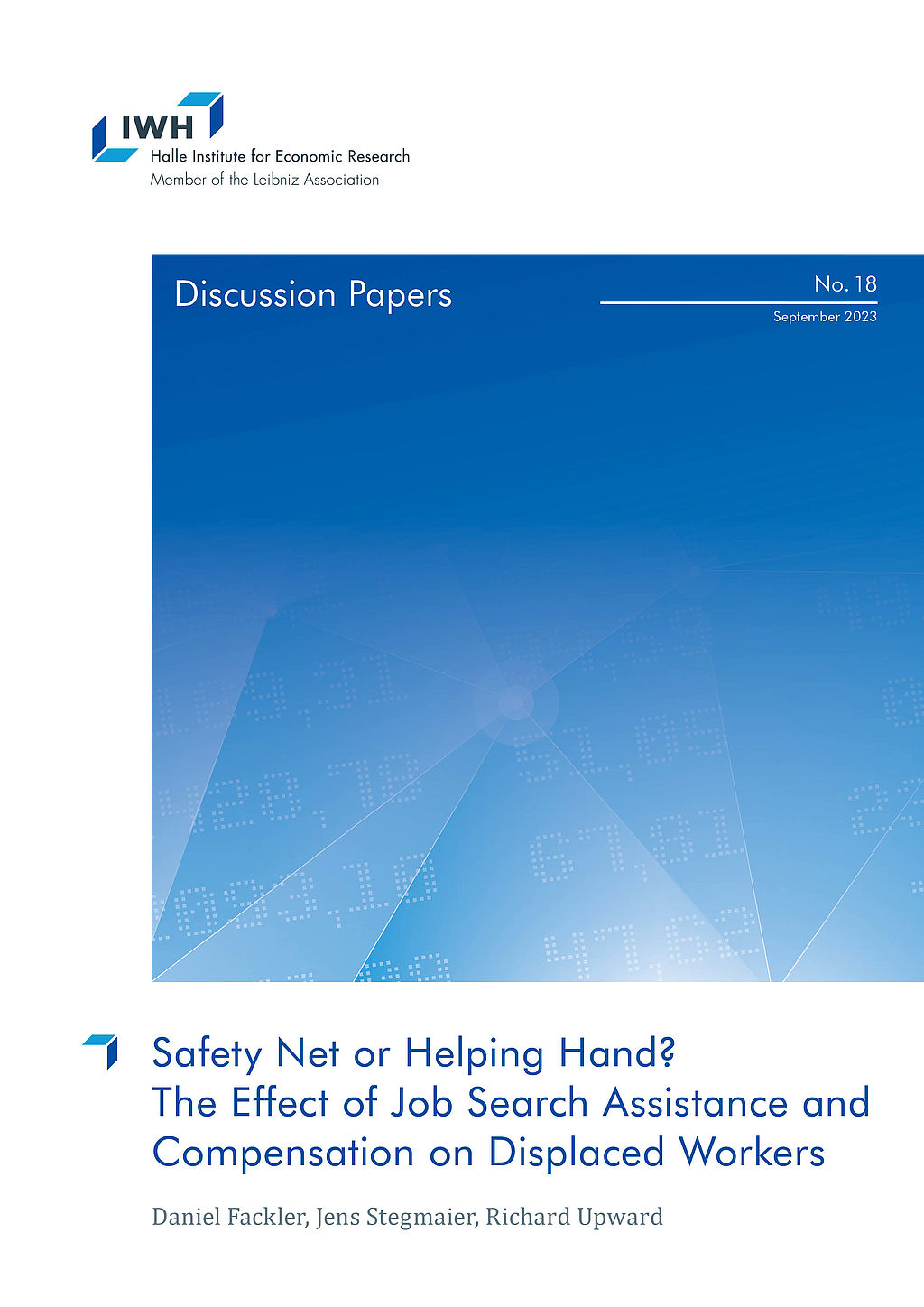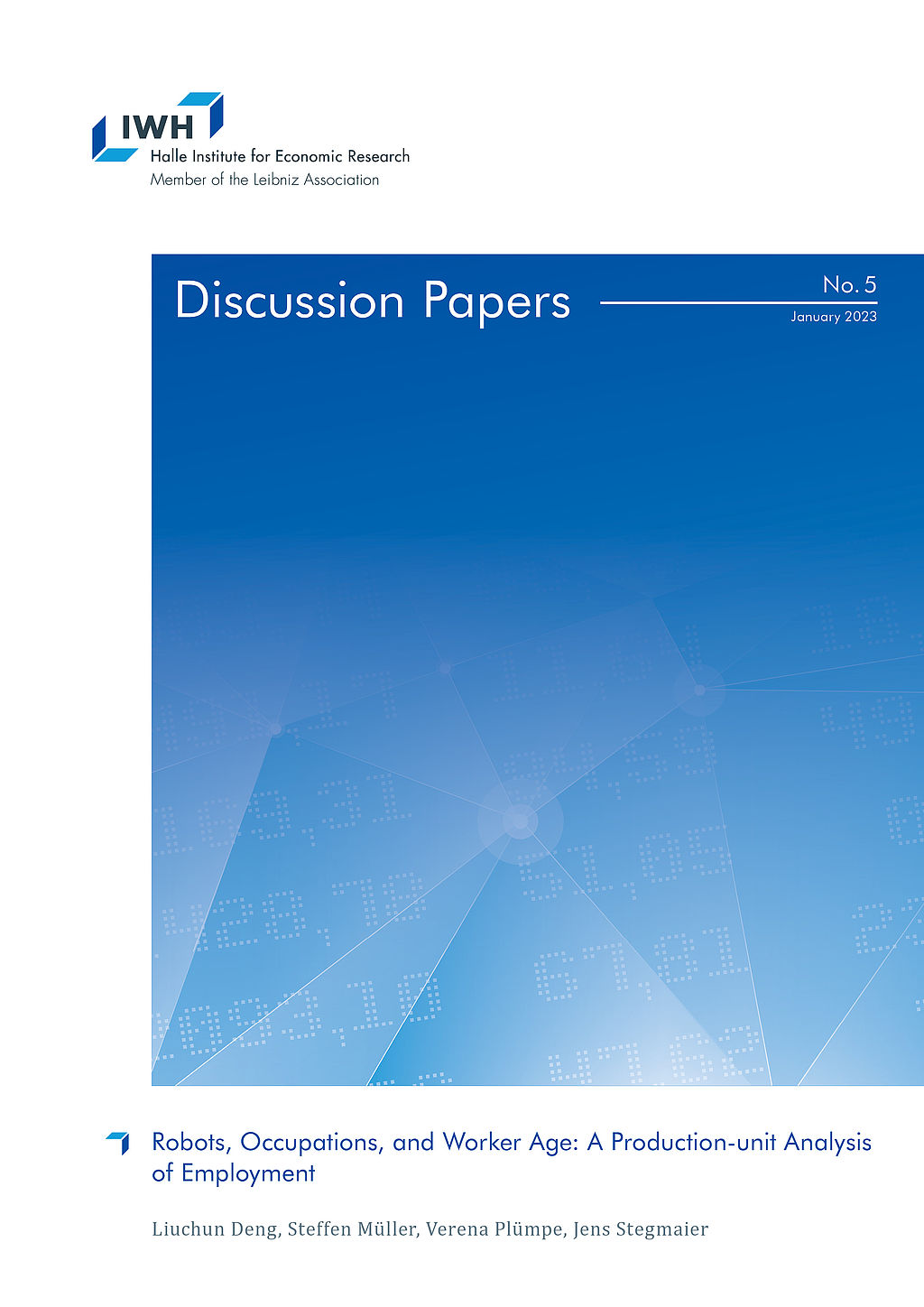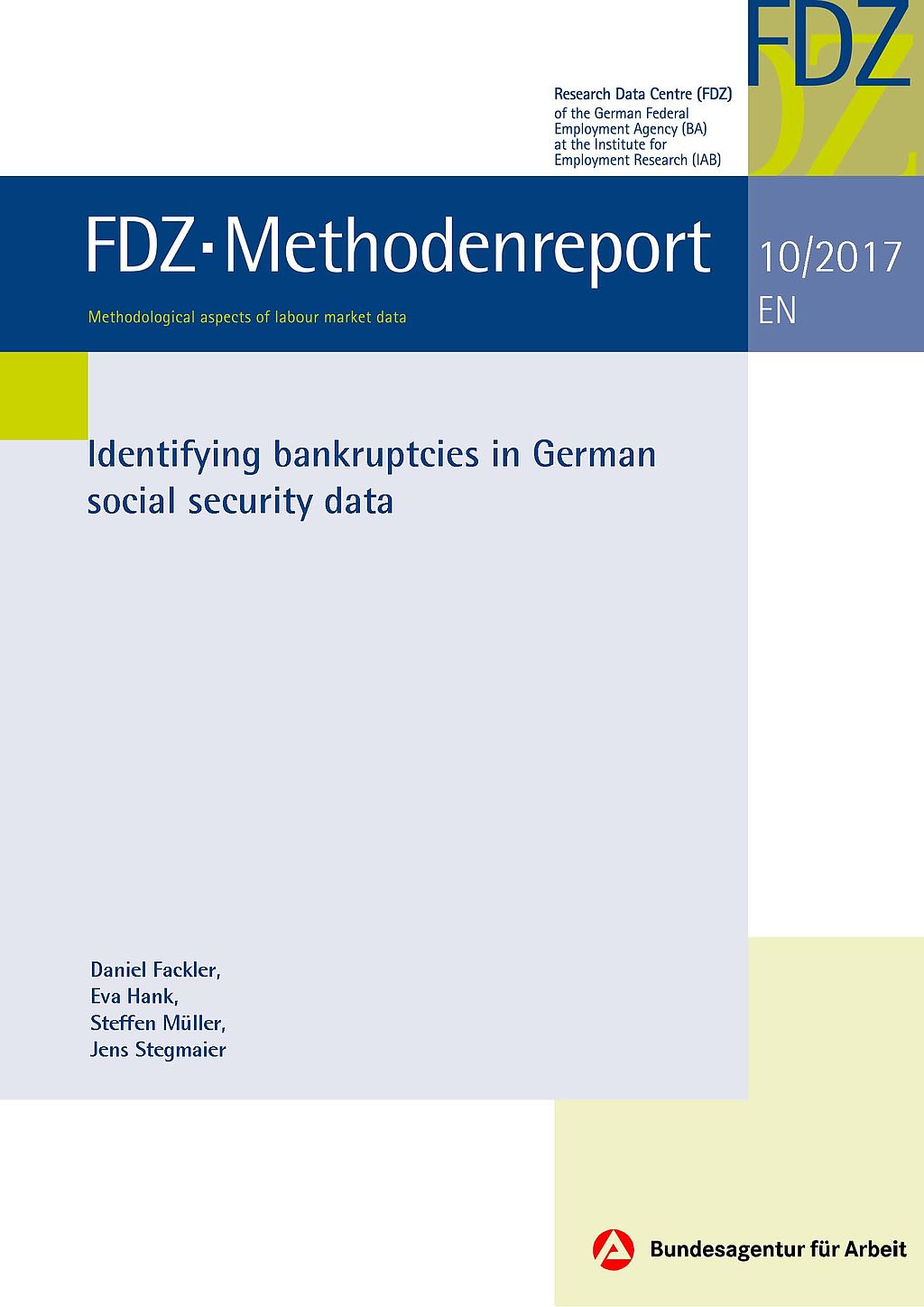Dr Jens Stegmaier

Current Position
since 3/15
Research Affiliate
Halle Institute for Economic Research (IWH) – Member of the Leibniz Association
since 2006
Researcher
Institute for Employment Research (IAB), Nuremberg
Research Interests
- evolutionary economics
Jens Stegmaier joined the institute as a Research Affiliate in March 2015. His research focuses on the evolution and failure of firms as well as the consequences for affected employees such as unemployment or earnings losses among others. Other fields of interest cover the German system of industrial relations and non-standard employment.
Jens Stegmaier is a researcher at the Institute for Employment Research (IAB) in Nuremberg.


